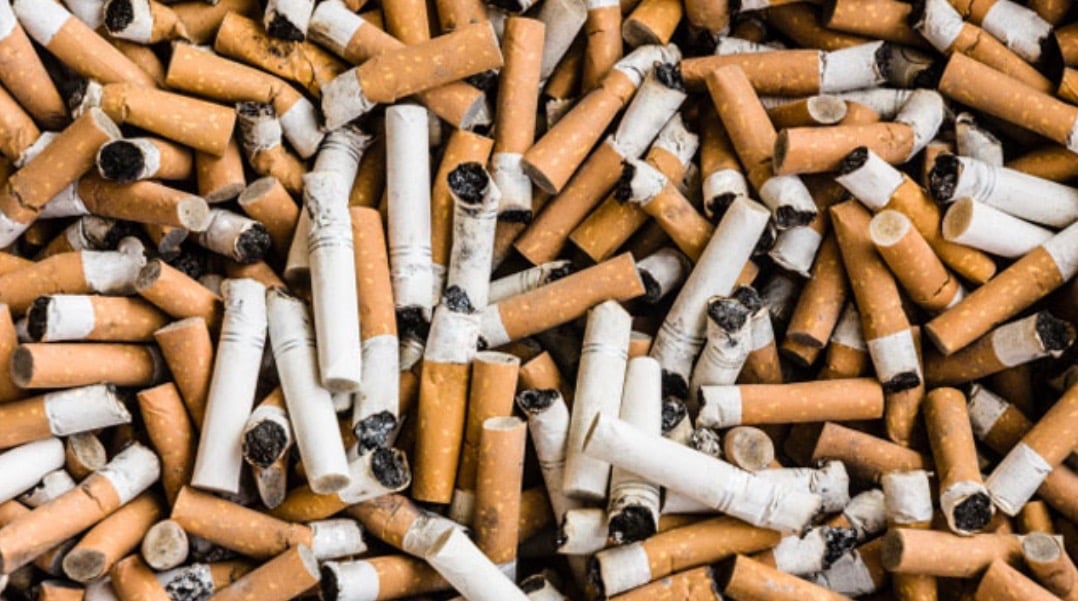 Many fear it will take a long time to see improvements in health and well-being, but the timeline for seeing real benefits is faster than most people realize.
Many fear it will take a long time to see improvements in health and well-being, but the timeline for seeing real benefits is faster than most people realize.
Health benefits begin in as little as an hour after the last cigarette and continue to improve. When a person quits smoking, the body will start to naturally heal and regain the vitality of a non-smoker over time.
Some effects, such as lowered blood pressure, are seen almost immediately. Other effects, such as risks of developing lung cancer, heart disease, and lung disease, take years to drop down to the levels of a non-smoker.
However, each year of not smoking decreases risks and improves overall health, making quitting smoking an excellent choice for anyone who started the habit.
Here's a breakdown of the timeline:
After 1 hour
In as little as 20 minutes after the last cigarette is smoked, the heart rate drops and returns to normal. Blood pressure begins to drop, and circulation may start to improve.
After 12 hours
After just 12 hours without a cigarette, the body cleanses itself of the excess carbon monoxide from the cigarettes. The carbon monoxide level returns to normal, increasing the body’s oxygen levels.
After 1 day
Blood pressure begins to drop, decreasing the risk of heart disease from smoking-induced high blood pressure. In this short time, a person’s oxygen levels will have risen, making physical activity and exercise easier to do.
After 2 days
A heightened sense of smell and more vivid tastes as these nerves heal from cigarette smoke.
After 3 days
Nicotine withdrawal. People experience moodiness and irritability, severe headaches, and cravings as the body readjusts.
After 1 month
Lung function begins to improve. As the lungs heal and lung capacity improves, former smokers may notice less coughing and shortness of breath. Athletic endurance increases and former smokers may notice a renewed ability for cardiovascular activities, such as running and jumping.
After 1-3 months
Circulation continues to improve.
After 9 months
The lungs have significantly healed themselves. The delicate, hair-like structures inside the lungs known as cilia have recovered from the toll cigarette smoke took on them. These structures help push mucus out of the lungs and help fight infections.
Decrease in the frequency of lung infections.
After 1 year
One year after quitting smoking, a person’s risk for coronary heart disease decreases by half. This risk will continue to drop past the 1-year mark.
After 5 years
The body has healed itself enough for the arteries and blood vessels to begin to widen again. This widening means the blood is less likely to clot, lowering the risk of stroke.
The risk of stroke will continue to reduce over the next 10 years as the body heals more and more.
After 10 years
Chances of developing lung cancer and dying from it are roughly cut in half compared with someone who continues to smoke. The likelihood of developing mouth, throat, or pancreatic cancer has significantly reduced.
After 15 years
The likelihood of developing coronary heart disease is the equivalent of a non-smoker. Similarly, the risk of developing pancreatic cancer has reduced to the same level as a non-smoker.
After 20 years
After 20 years, the risk of death from smoking-related causes, including both lung disease and cancer, drops to the level of a person who has never smoked in their life. Also, the risk of developing pancreatic cancer has reduced to that of someone who has never smoked.
The sooner a smoker quits, the faster they will reduce their risk of cancer, heart and lung disease, and other conditions related to smoking.

